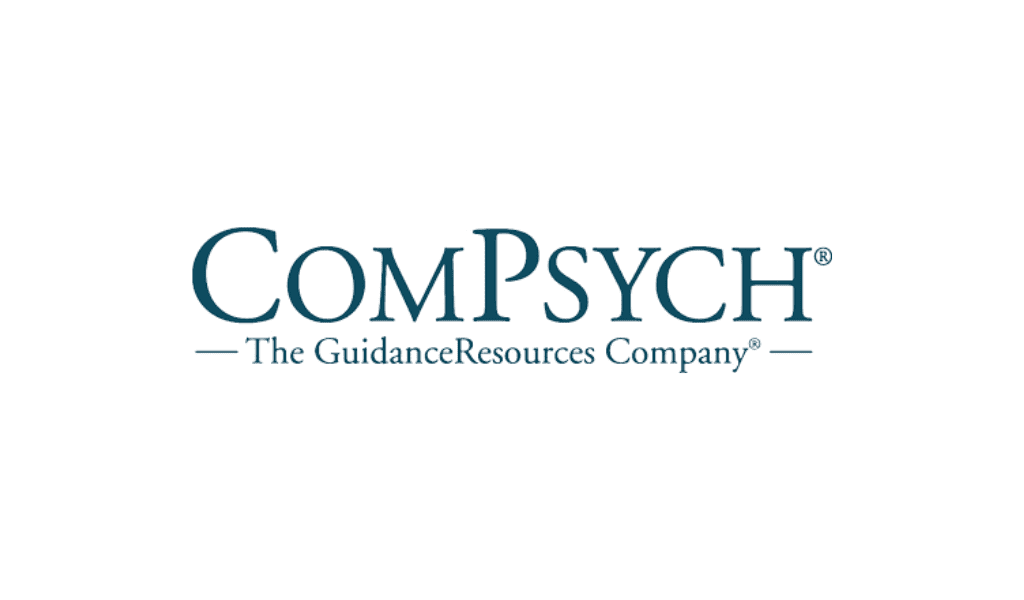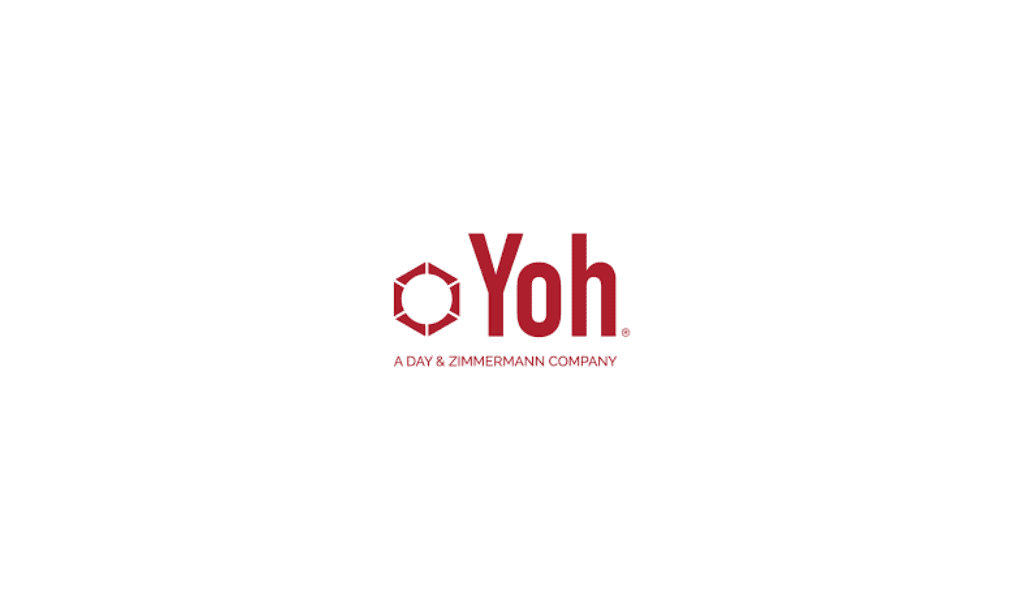Even as employee engagement stabilizes in the wake of the pandemic, HR leaders can foster a culture of well-being and belonging to improve the employee experience.
By Maggie Mancini
Employee engagement has been a major pain point for HR leaders in recent years as the pandemic and subsequent workforce challenges led to widespread disengagement and lost productivity. Yet, even as employee engagement has stabilized, an advocacy gap has emerged in its place, according to Perceptyx’s latest Benchmark Database. The research finds that employees are less likely to recommend their organization as a workplace than before the pandemic. The reason? Ineffective change management, says Emily Killham, the company’s senior director of research and insights.
“Employees might be engaged but unwilling to advocate for the organization when they lack confidence in their leaders’ ability to navigate through significant shifts or clearly communicate what’s next,” she says. “Employee advocacy is crucial for organizations’ recruitment efforts and suffers when employees don’t feel their needs are being met.”
Killham explains that current employees often refer the best new hires but are less likely to recommend friends to fill open positions when they worry their friends may have a similar negative experience. Given that organizations face constant change, HR leaders face a clear challenge to foster a culture where leaders have the skills to lead through that change, she says.
The data also reveals that employee resource groups (ERGs) positively impact employees’ sense of belonging in an organization, but the groups are often underutilized. Killham explains that from 2021 to 2021, belonging scores increased overall, and those in ERGs show a noticeable advantage each year. The most significant difference is employees who don’t participate in these programs.
“Belonging is and will continue to be a key driver in overall engagement,” Killham says. “Our research has shown that employees with a strong sense of belonging are nearly twice as likely to experience no workplace loneliness. ERGs are a way to unite individuals with shared interests and characteristics, fostering a sense of community.”
To foster a culture of belonging in their organization, HR leaders should encourage employees to join an existing ERG—or create a new one that better aligns with their interests, Killham says. In addition, it’s important that employees are given the time to participate in the group. This, in turn, deepens relationships and brings employees’ individuality to the workplace.
There has been an increased focus on employee well-being as organizations work to demonstrate their care for employees. Yet, despite efforts made to support employee wellness, many salaried workers report worse work-life balance, more strenuous workloads, and more difficulty managing workplace stress compared to those paid hourly.
“There is a lack of understanding when it comes to well-being,” Killham says. “Often, organizations think it’s just about offering the right benefits or PTO policies. However, for salaried workers, the negative feelings of well-being coincide not with a lack of wellness programming, but with structural factors that must be addressed, such as expectations to cover for team members or work outside of scheduled hours to answer emails or messages.”
To help improve employee well-being, Killham recommends HR leaders consider the following.
- Address the organization’s structural systems first. By ensuring that the company is properly staffed and that new hires are adequately trained, HR leaders can help streamline operations and engage with workers from the beginning of the employee lifecycle.
- Foster a culture of teamwork. By cultivating an environment where employees share responsibility for major tasks, HR leaders can help keep extra work from falling on certain employees more than others.
- Provide healthy ways to cope with stress. If the organization offers wellness programs, it’s important that employees know about them. HR leaders should encourage employees to take time off to stave off burnout and make sure that they have access to different employee benefits to support their overall well-being.
- Remember that perks cannot replace a wellness-centric culture. Yoga classes, therapy dogs, and other office perks should not be a substitute for an employee experience that doesn’t create burnout in the first place. Employees who feel their needs are being heard are more likely to feel supported, leading to improved well-being.
The research finds that effective change management is essential to engaging the workforce. Development programs must make space for the skills employees need in the organization today and also prepare employees with the skills needed for the organization of tomorrow, Killham says. By incorporating employee feedback at all steps in the process, HR leaders can keep their staff engaged and help them feel supported.
“Leading effectively though change isn’t easy,” Killham says. “It starts with building skills of organizational resilience with a culture of open and clear communication, psychological safety, and solid manager relationships. With those in place, HR can help leaders communicate a compelling vision and clear reasons for change.”
















